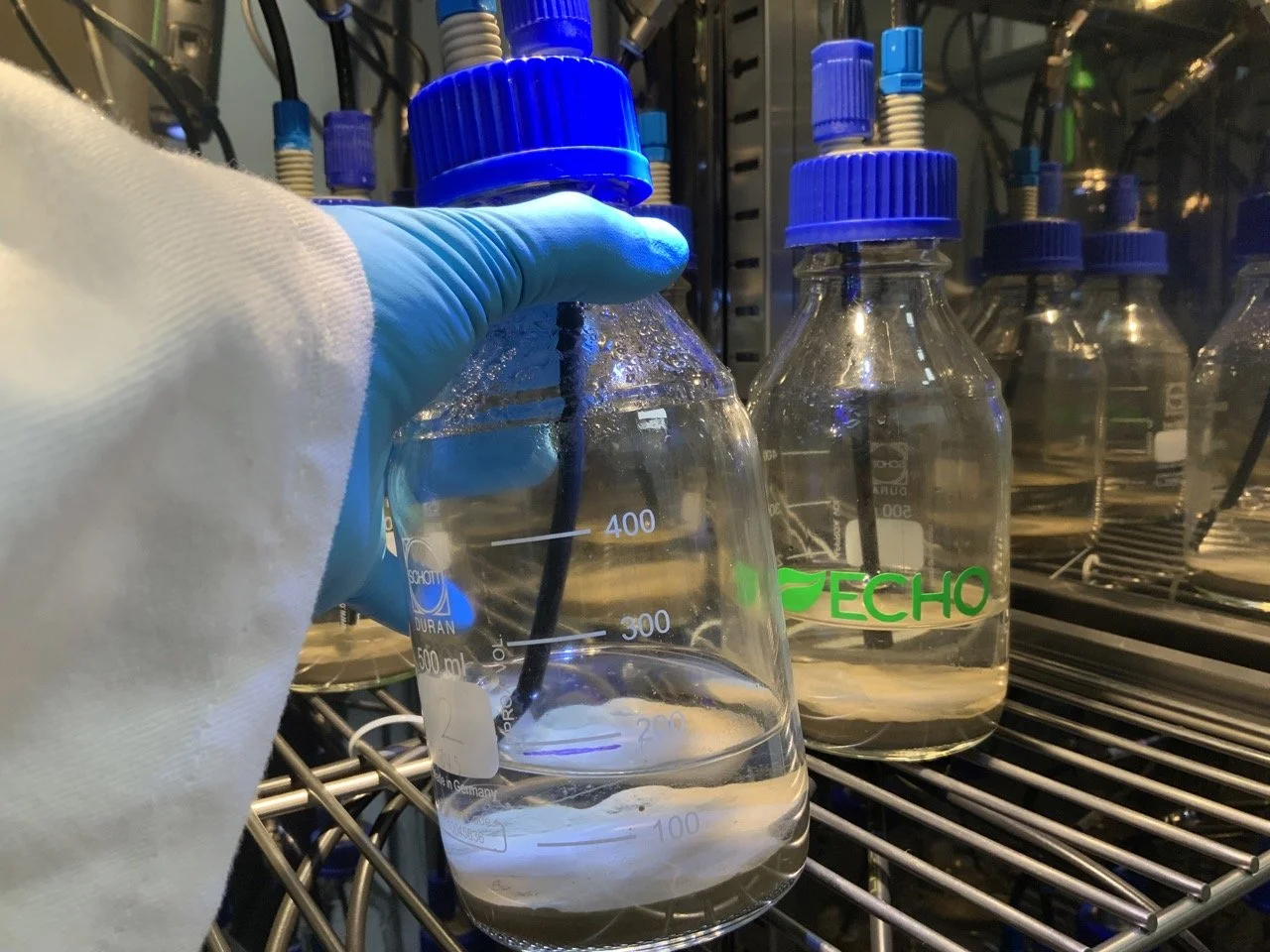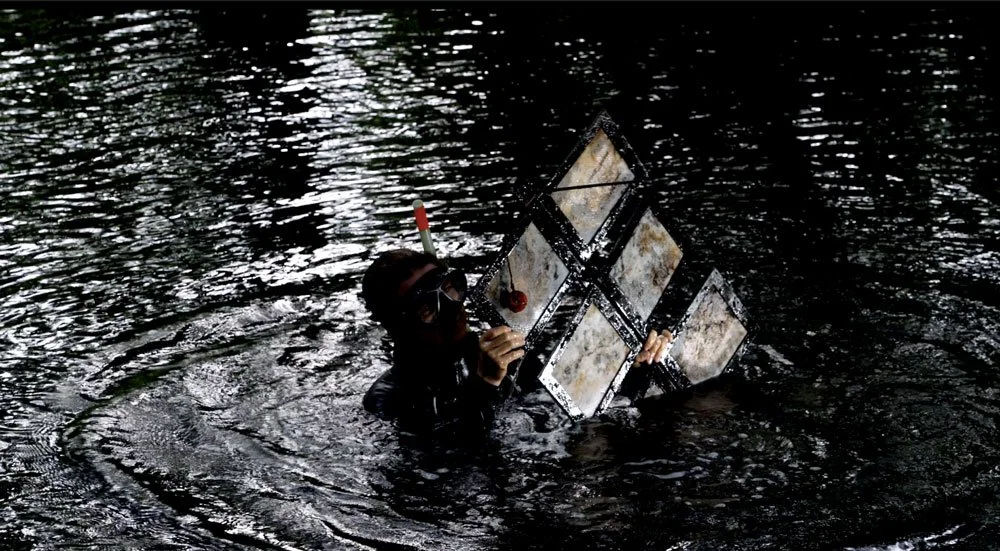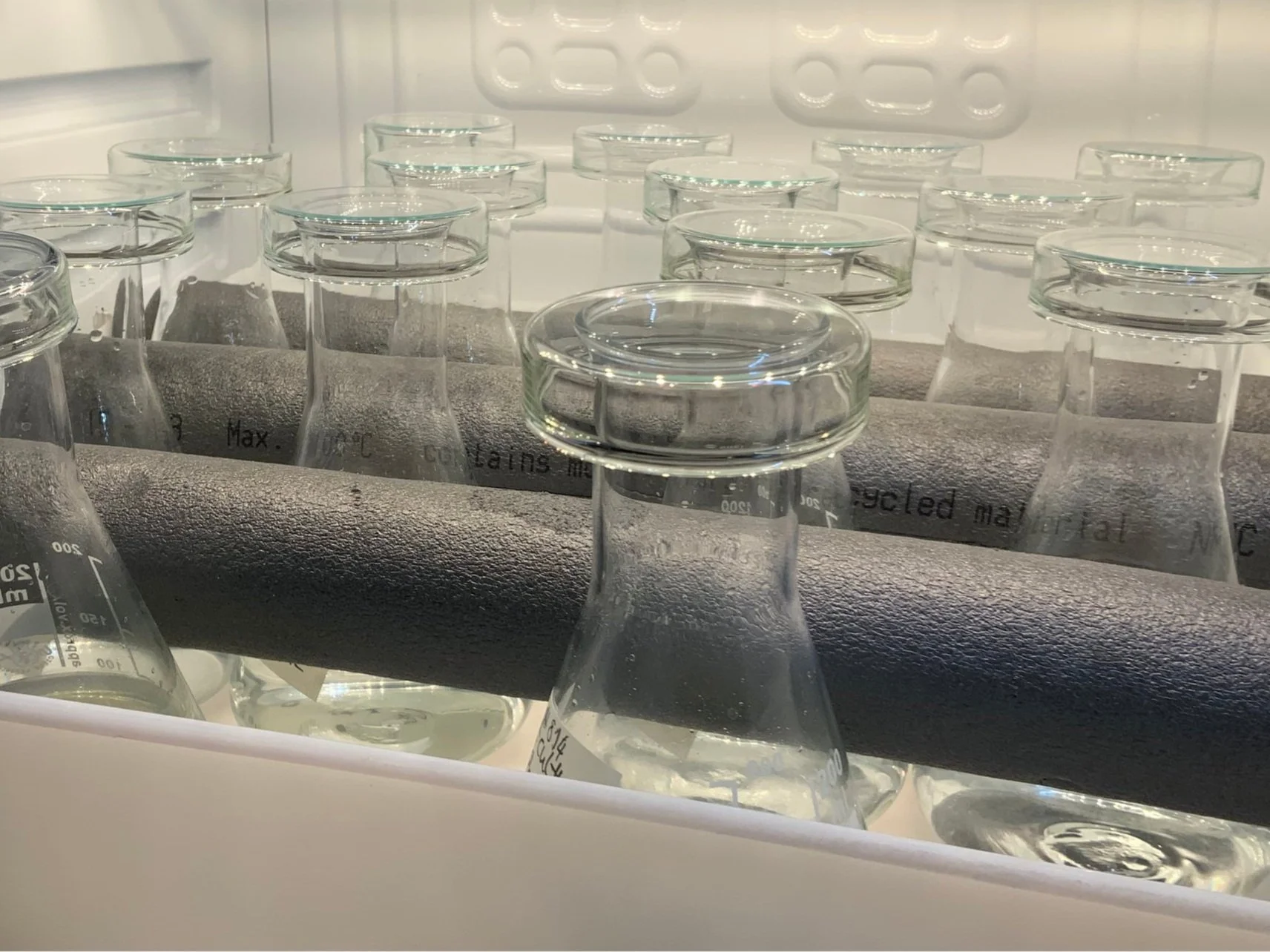We tackle the questions 'Is it really biodegradable?', 'How long does it take?', 'What effect does it have?
HYDRA has been involved in the development and application of standard tests under marine and freshwater field and tank conditions since 2009 with partners from academia, associations, public administration and industry.
Today, we offer lab, field and tank tests for more than 30 different scenarios in marine, freshwater and soil environments in different climate zones. Our partners profit from our global hands-on experience and we act as mediators between environmental sciences, material optimization, business development, life cycle & impact assessment and regulatory aspects - themes that become ever more important in the bioplastic market. At our Research & Test Center in Bühl, we test materials and develop and refine methods for testing biodegradation in soil, freshwater and marine habitats.
Our Clients
Our clients and partners comprise producers, manufacturers, brand owners as well as universities, research institutes and public administrations from various sectors.
contact us for testing inquiries
Biodegradability of a polymer or a plastic material is often confirmed in laboratory tests according to standards such as EN 13234, ASTM D6691 or similar. Still, there is little environmental relevance in such data. Results from closed-vessel tests in the laboratory under optimized conditions might strongly over- or underestimate the extent and rate of biodegradation in the open environment.
Answering the question of how long the biodegradation of a certain plastic item - be it packaging, an agricultural film or a fishery device - will take in nature is not straightforward. Choosing the appropriate test method and relevant scenario is key to generating reliable results within a feasible time frame and budget.
Our assignments and expeditions have taken us to a wide range of habitats, from high alpine lakes to streams and rivers, and to the Dead Sea, from Antarctica to the Mediterranean Sea, and to the tropical reefs of the Caribbean, Australia and Southeast Asia. Our direct knowledge of these different ecosystems is a resource that we share with our partners and customers.
Biodegradation Tests for soil, freshwater and marine scenarios
(ISO 23977, OECD 301B, ASTM D6691, ISO 18830, ISO 19679, ISO 22404, ASTM D7991, ISO 14851/52, EN 17033, ISO 23517, EN 17566)
Laboratory respirometer tests
Laboratory tests are fundamental to prove biodegradability and show conformity with standards. In a research-oriented approach defined lab tests favor a better understanding of biodegradation processes under controlled conditions.
(aquatic: ISO 23832; also adapted for soil)
Tank tests for disintegration, biofilm & ecosystem effects
Tank or mesocosm tests are a valuable tool for rapid screening of different environmental scenarios and manipulatory experiments such as on the effect of temperature, nutrients or sediment type. In our test center we run different climate chambers and an outdoor tank system, and keep a selection of viable matrices (water, sediment, soil) in stock.
(aquatic: ISO 22766, ISO 15314; also adapted for soil)
Field tests for disintegration
Field tests represent the ultimate level of biodegradation assessment under real natural conditions. As the biodegradation rate strongly depends on the conditions in the receiving environment we choose the field site relevant for the application or the market of the material of interest. HYDRA has access to test locations in freshwater and soil near its research & test center and abroad, from the tropics to cold climates, and even in the Deep Sea.
We developed a set of field methods to expose such different materials as fibers, textiles, film and 3D objects in the sea or in a lake, also for several years, and safely retrieve them in time for analysis.
Ecotoxicity Tests
(Ecotoxicity: ISO 5430, ISO 10253, ISO 14669, EN ISO 11348, OECD 201, OECD 202)
Ecotoxicity tests for marine and freshwater scenarios
Assessing the environmental impact during the biodegradation process is the next step to complete the knowledge. Ideally, it is assessed on at least three trophic levels of the food web: a primary producer, a consumer and a decomposer, represented by microalgae, small shrimps and bacteria. We carry out ecotox tests according to standards, but also customized according to your wishes and needs.






